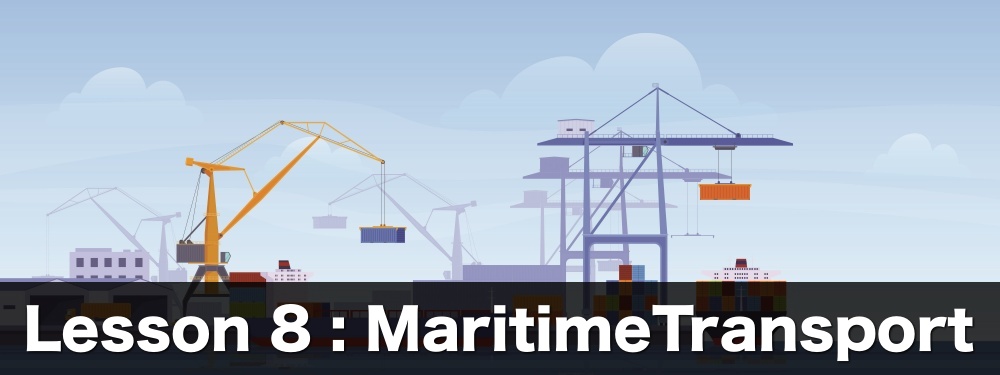
Overview



Maritime transport is often preferred due to lower shipping costs and the ability to transport larger quantities!

Learning Points
- Types of Cargo Ships
- Container Ships Transport
- Container Sizes and Types
- Maritime Transport Flow
Types of Cargo Ships

In maritime transport, various types of ships are utilized.

Conventional Ships
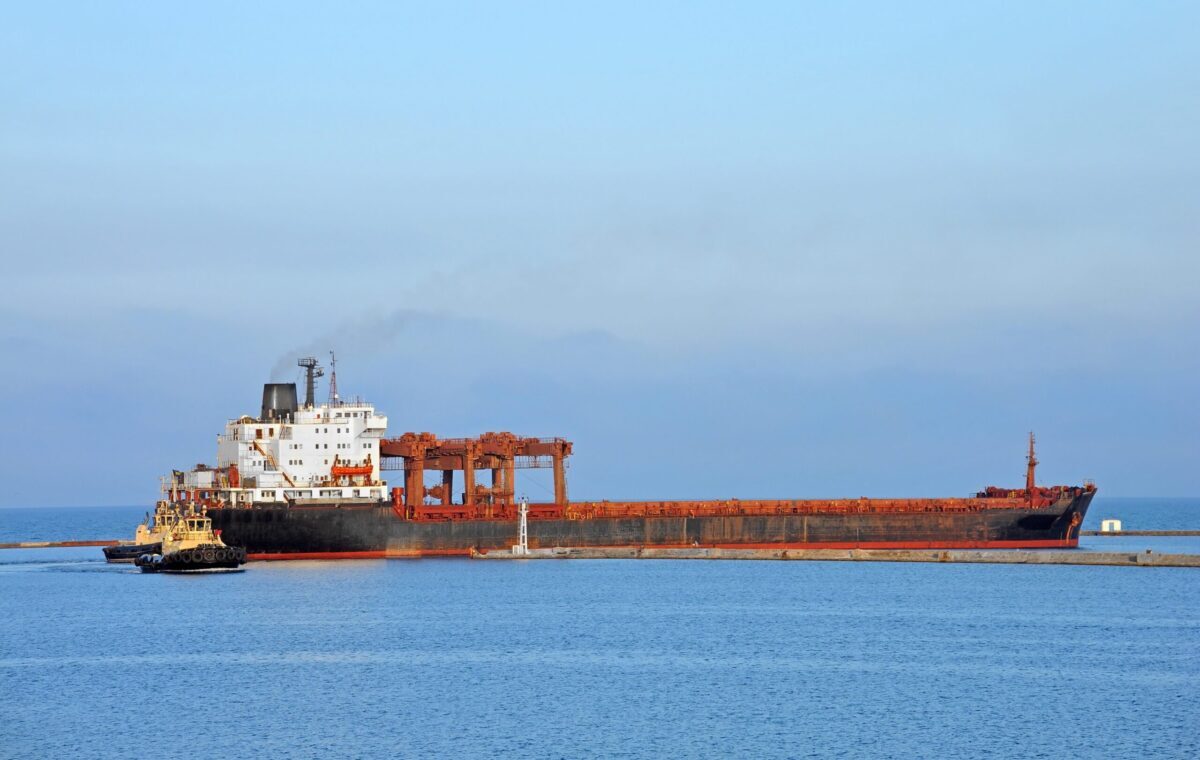
Conventional Ships are general cargo ships. It has cargo handling facilities, including cranes, for loading directly from barges or quaysides.
It has the advantage of being able to transport various types of cargo, primarily used for transporting the following items:
- Large items
- Heavy goods
- Uniquely shaped cargo that does not fit into containers
RO-RO Ships (Roll on roll off ships)
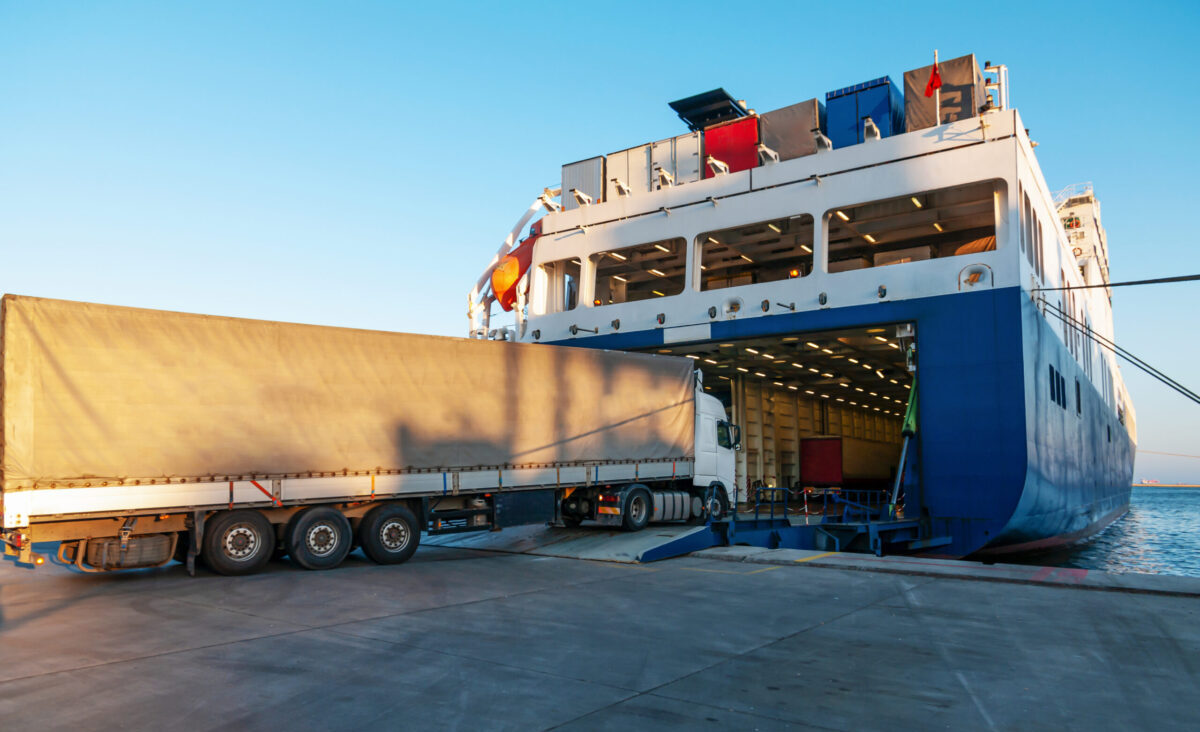
RoRo Ships has a passage called a “ramp,” which transports self-propelled cargo such as:
- Cars
- Truck trailers
- Motorcycles
- Buses
- Railroad cars



Tankers
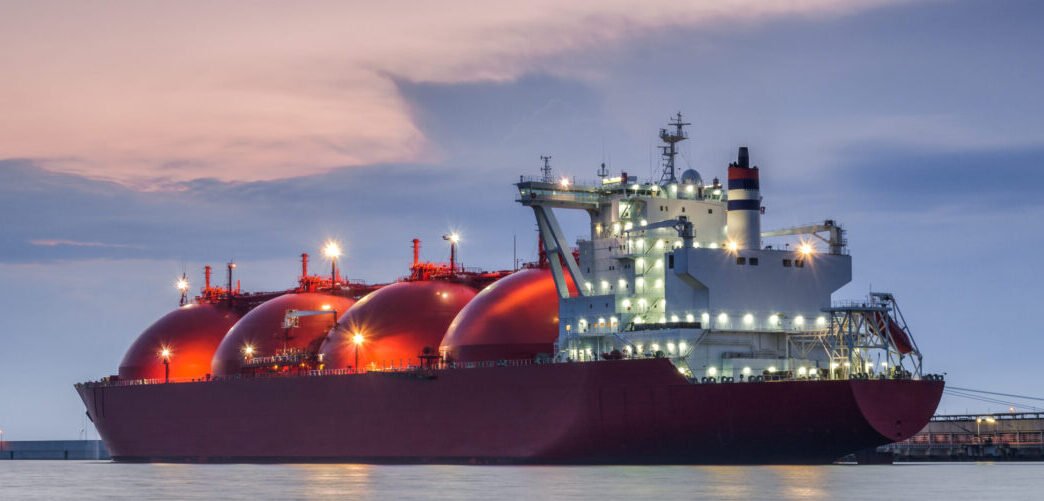
Tankers are ships dedicated to transporting liquids.
It has large tanks within the hull, primarily used for transporting commodities such as:
- Crude oil
- Liquefied gas
- Chemicals
Bulk Carriers
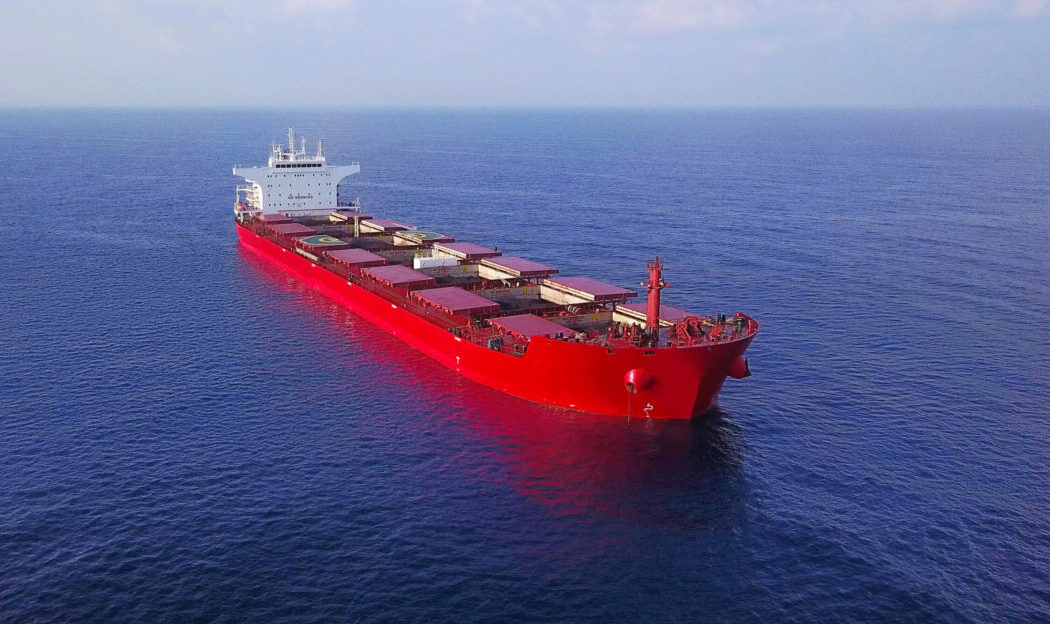
Bulk Carriers are dedicated vessels that carry unpacked cargo, such as:
- Grain
- Ore
- Cement
Container Ships
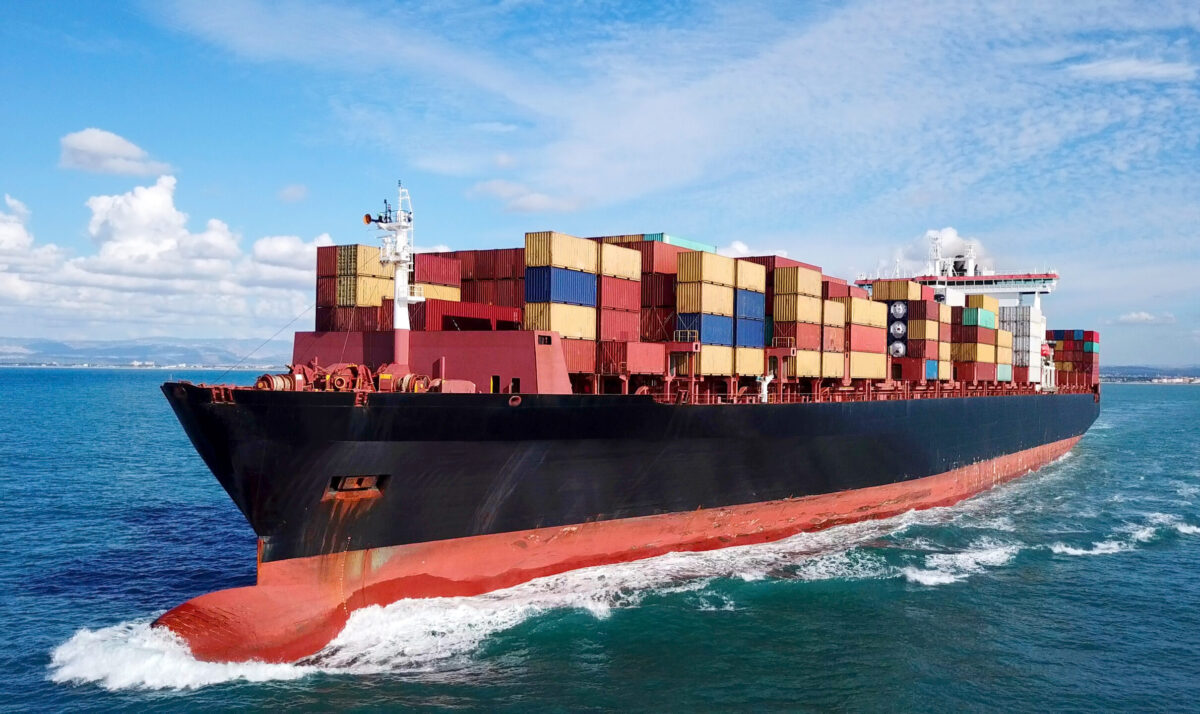
Container ships are vessels designed for transporting containers. Container ships are critical players in maritime transport, alongside bulk carriers and tankers.
Unlike conventional ships, containers are loaded onto the ship using gantry cranes installed at ports. They can carry a wide range of goods that fit into a container, such as:
- Everyday items
- Industrial products
- Machinery
- Wood
- Metals
- Processed foods etc.,
Features of Container Ships

Container ships rank third in terms of cargo capacity, following bulk carriers and tankers.



Container ships handle “containers” of standardized sizes, determined by international regulations, using machines called gantry cranes at the port.
- Loading/unloading is relatively unaffected by weather.
- It reduces packing time and effort
- It increases transportation efficiency, leading to cost reduction

Container Types
There are several types of containers designed to accommodate different types of cargo.
Dry Container
The most major container is called a “dry container,” which can carry anything that fits inside it.
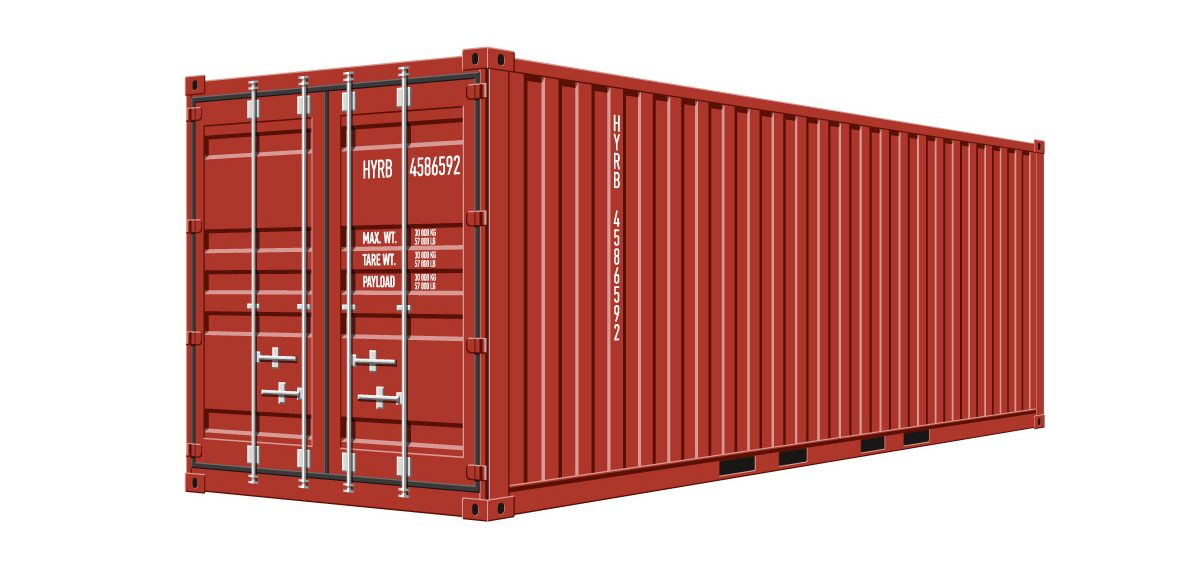
Reefer Container
A reefer container is a container that can be connected to a power source for temperature control.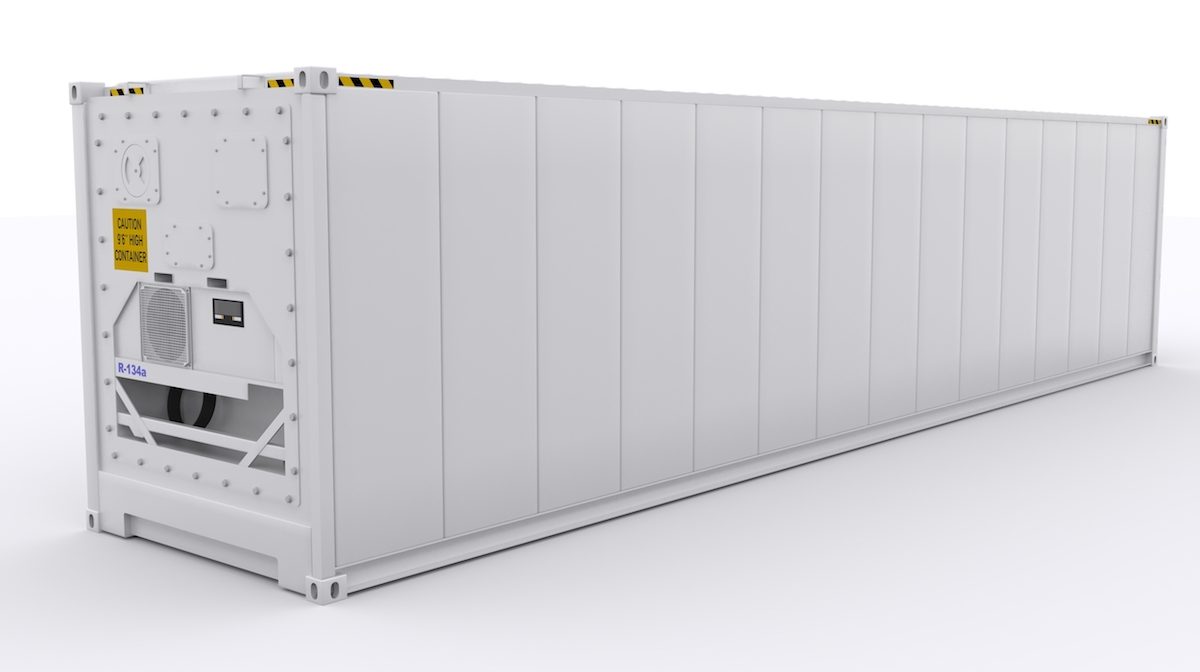
Open Top Container
An open-top container is a dry container with its roof removed.
It is used for transporting tall cargo that doesn’t fit inside a standard container or items that are difficult to load through the container doors.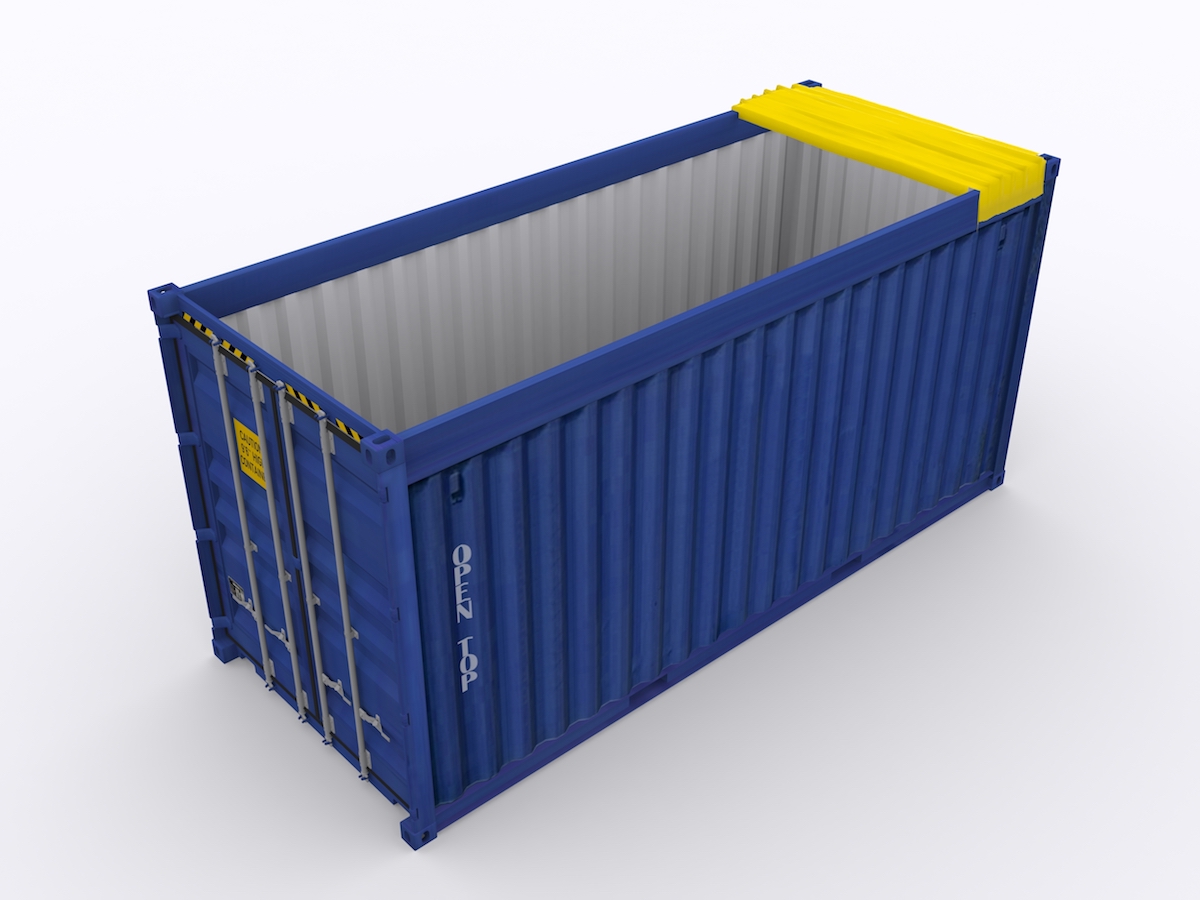
Flat Rack Container
A flat rack container is a dry container with its roof and sidewalls removed. It is used for transporting cargo that exceeds the width of the doors of a standard dry container.
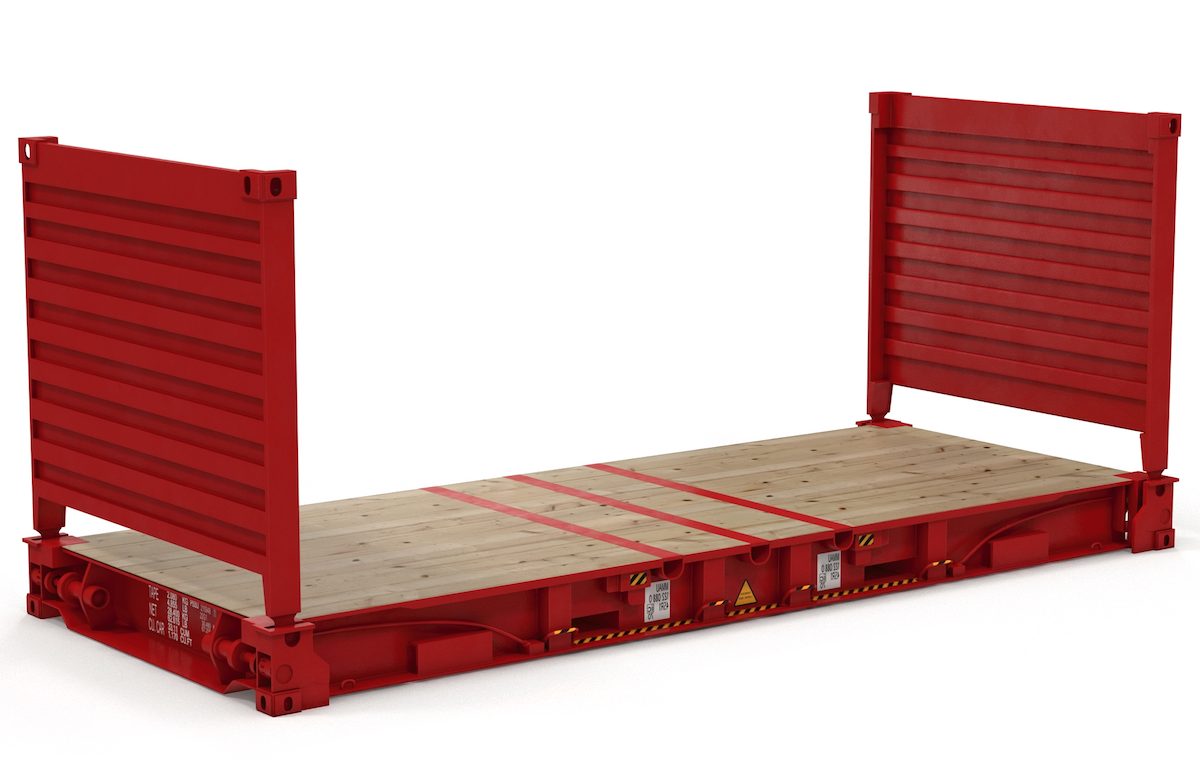
Tank Container
Tank Container is designed in the standard container size. It is used for transporting liquids, and it offers the advantage of not only transportation but also direct storage.
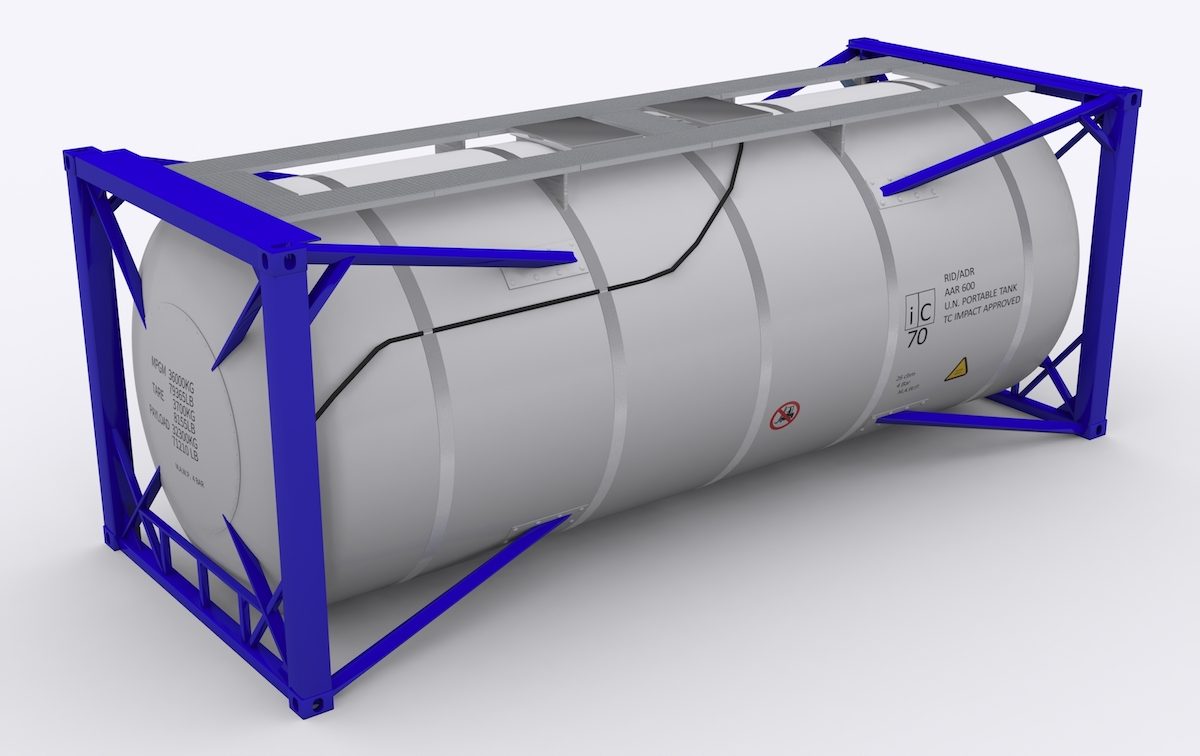
Container Sizes
Among the above containers, three standard marine containers are used for container ships:
- 20 Feet Container
- 40 Feet Container
- 40 High Cube Container
The sizes are set by an organization called the International Organization for Standardization (ISO).
20 Feet Container
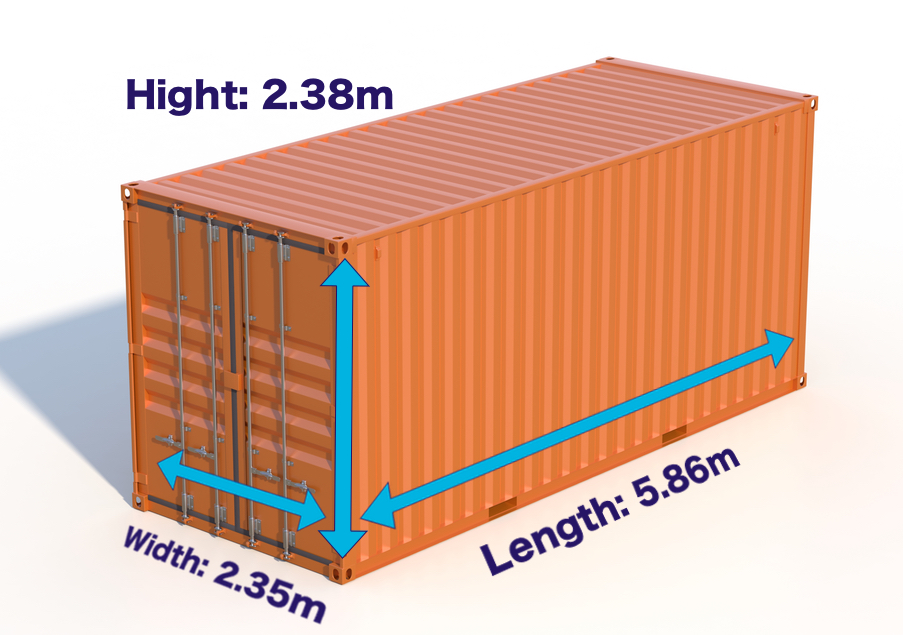
40 Feet Container
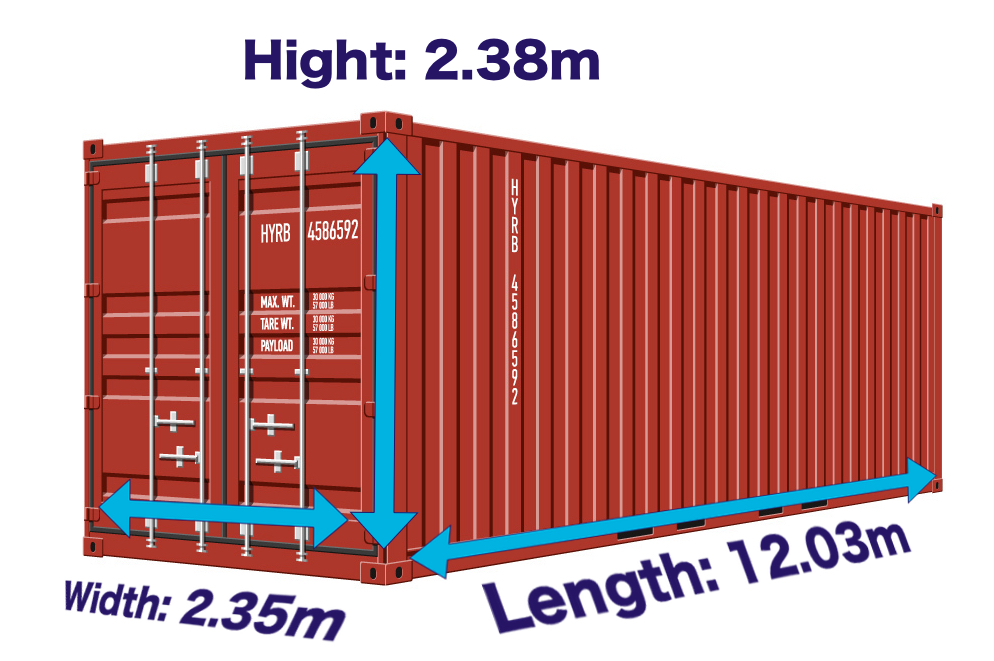
40 Feet High Cube Container
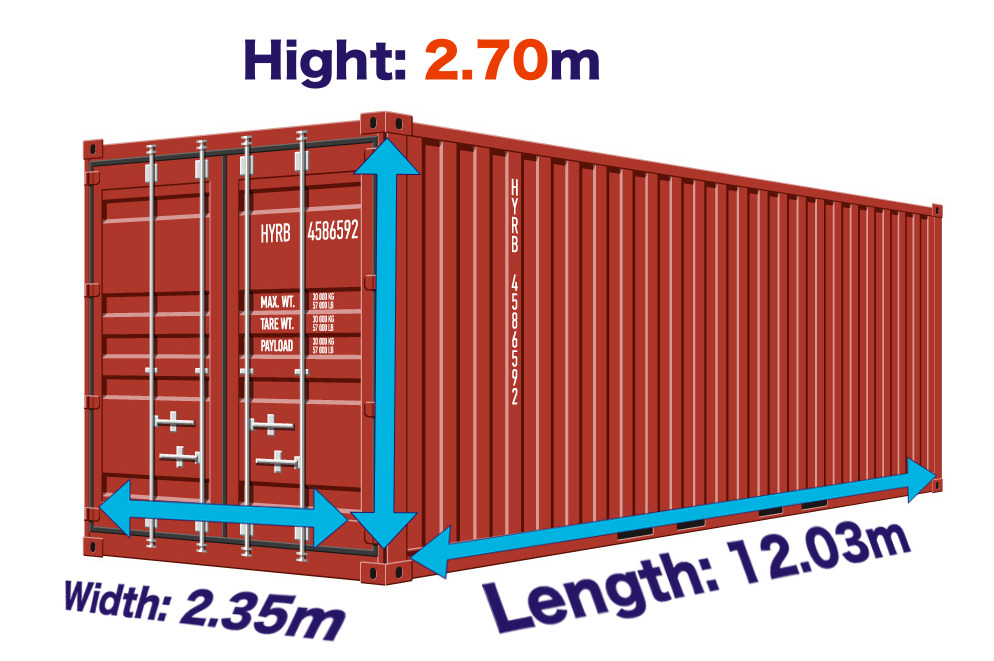
Others
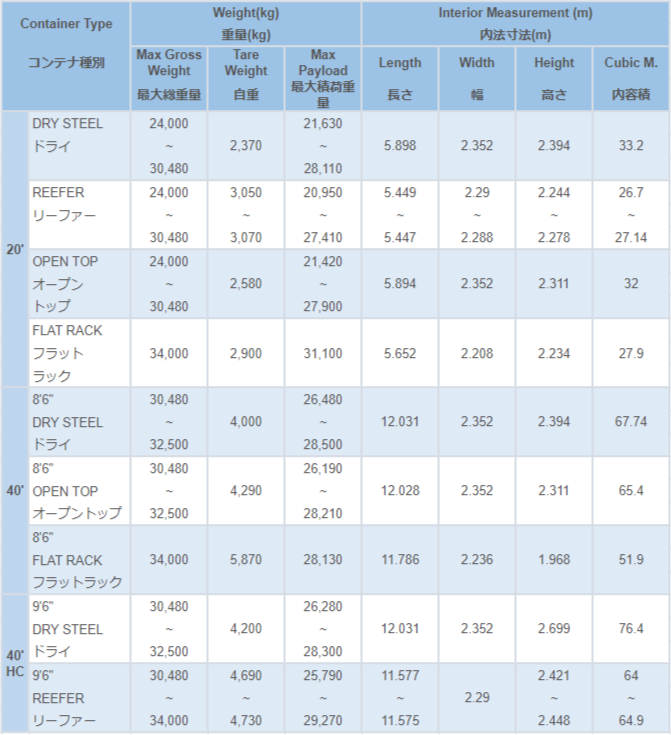
The Flow of Maritime Transport
Here, we will outline the process of maritime transport using container shipping methods.

Two Types of Shipping Way

Container transport can be broadly categorized into two methods:
- FCL (Full Container Load)
- LCL (Less than Container Load)
FCL
FCL (Full Container Load) is a method where a shipper rents an entire container from the shipping company for transportation.
FCL Shipping Flow
1. A shipper stuffs goods into the container themselves (vanning)
2. A stuffed container is brought into Container Yard (CY)
3. Export clearance procedures are conducted in CY
4. Once the export permit is obtained from customs, the container is loaded onto the ship using gantry cranes

LCL
If the shipment does not occupy the whole container, it is more efficient to use LCL shipping.
In LCL (Less Than Container Load), multiple shippers share a single container, while in FCL (Full Container Load), a shipper rents an entire container.
LCL Shipping Flow
1. The goods are transported to a bonded warehouse (CFS)
2. Export clearance is conducted at the CFS
3. Once customs issue the export permit, the cargo is stuffed and consolidated into a single container along with other shipper’s goods
4. The stuffed container is transported to the CY
5. The container is loaded onto the ship using gantry cranes, similar to the FCL process.



Summary
In maritime transport, container ships are most commonly used, but there are various types of vessels, including car carriers and bulk carriers.
The process, including export clearance, can vary depending on these factors, so let’s remember them on a case-by-case basis.
Learn by Video
Take the Test
Reinforce your understanding of this topic by working through the exercises. Attempting the exercises without referring to the material as much as possible is advisable.




